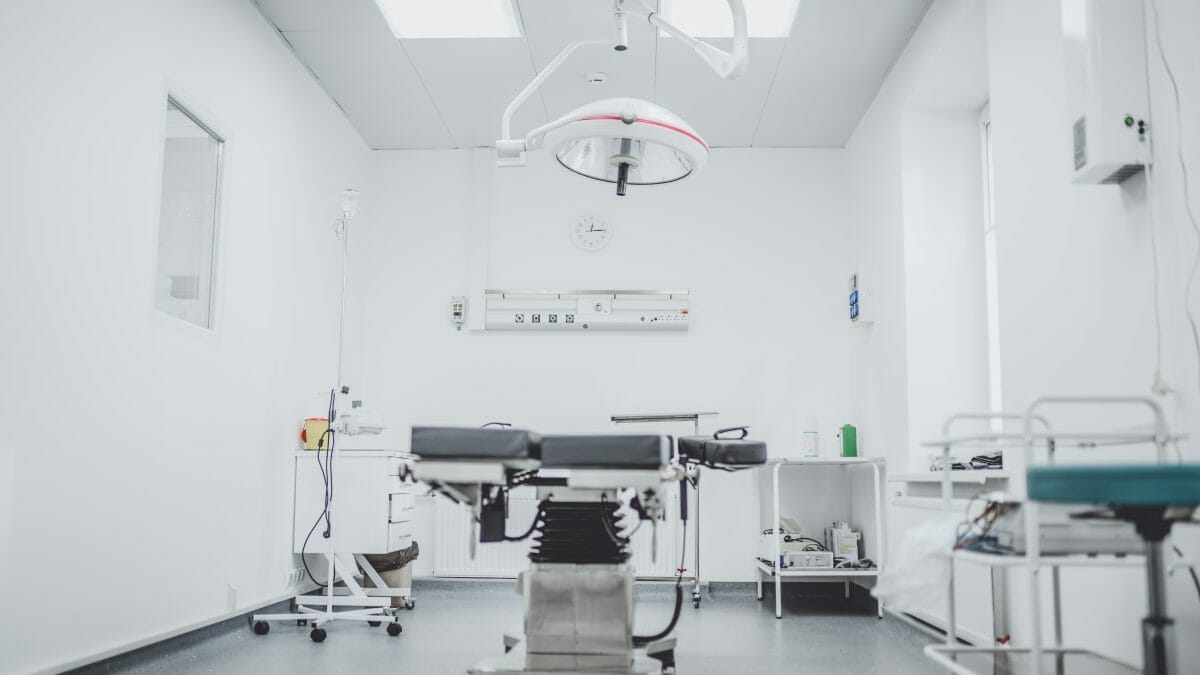Medical equipment is becoming more advanced and more portable, so you’re more and more likely to find it in people’s homes as well as healthcare institutions. In fact, there were approximately 600,000 medical devices on the UK market in 2021. It’s a godsend that life-changing equipment is so accessible but electrical interfaces must present no danger to patients or staff.
It’s vital that device connections are routinely checked to ensure they are safe and efficient. Medical equipment that causes a short circuit can cause the device to inadvertently shut down other critical devices. Read our guide to selecting power connections for medical equipment to find out everything you need to know:
Check the power source
Typically, medical devices are connected directly to wall power sources or to a separate power source that can detach from the equipment and the power source. All these connections must meet IEC 60320 standards and ensure that the application has a mechanism that protects against unintentional plug disconnections from the power socket. This is called a cord-retaining bracket. Hager offers innovative and secure electrical solutions, including medical-grade power distribution units, ensuring seamless and dependable power supply to critical medical equipment.
Resistant and extra strong cables
You can add an extra layer of protection to the user with resistant and extra strong cables. This can prevent electrical injuries both in uncontrolled environments at home and in complex medical environments.
Power Cables such as these are capable of bending without breaking and provides an extra layer of insulation. Remember to always check that you have the correct cable that supports the right voltage for the device you’re using.
Manage dielectric strength
To enable all connectivity products in the system, medical equipment requires increased levels of dielectric strength. This is a measure of the electrical strength of an insulating material. This is why it’s important to always consider the safety aspects related to material choices and design factors, including distances between voltages.
The IEC/UL 60601-1 standard advises clearance (air) and creepage (surface) distances of at least 4mm between energised conductors and the earth.
Prevent current leakage
Current leakage is when some current flows through the protective ground conductor into the ground. It commonly flows in the insulation surrounding conductors and in the filters protecting electronic equipment around the home. If left unchecked, it can cause unnecessary and sporadic tripping at best and a rise in voltage on accessible conductive parts at worst.
Check fuse holders
Often medical equipment comes with integrated fuses and medical standards specify that fuse holders should only be opened with the help of a tool. A fuse prevents the device from tripping the circuit breaker and disconnecting other critical devices. For maximum protection, it’s advised that all medical equipment be fitted with a double-pole fuse holder.




